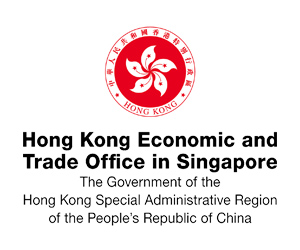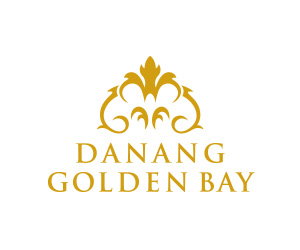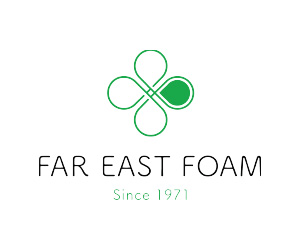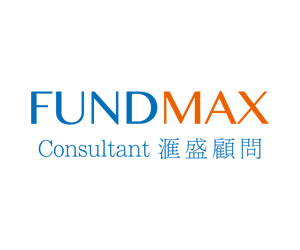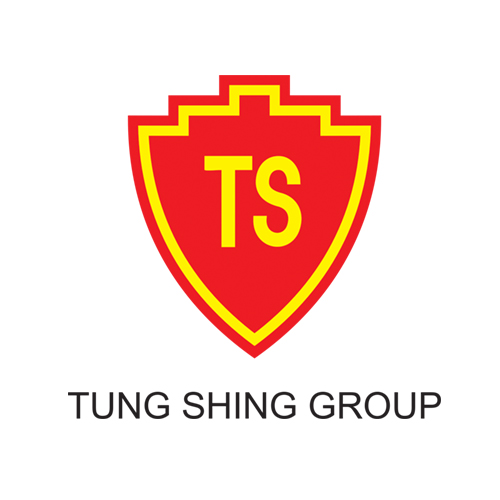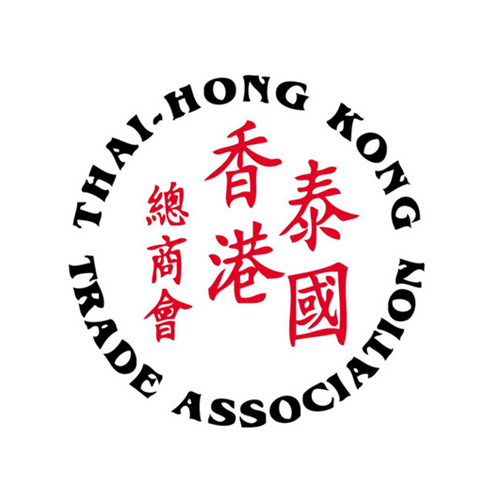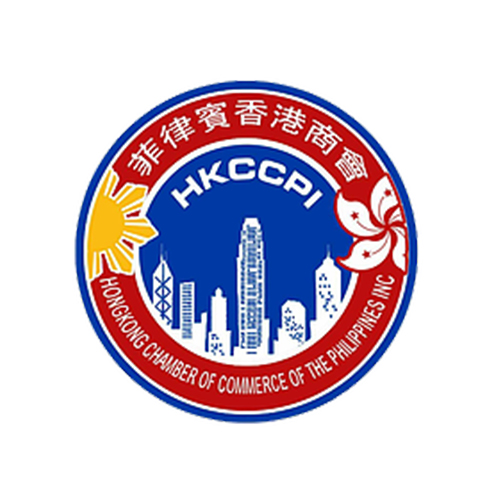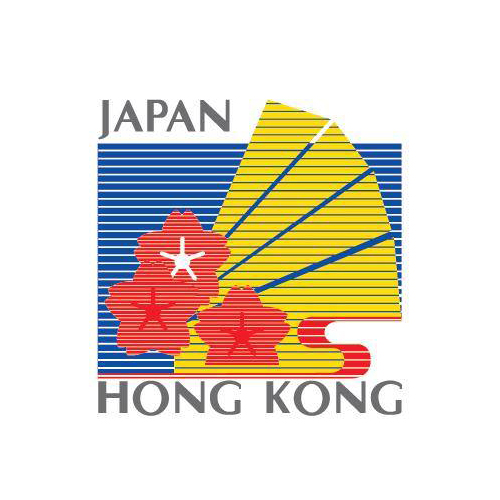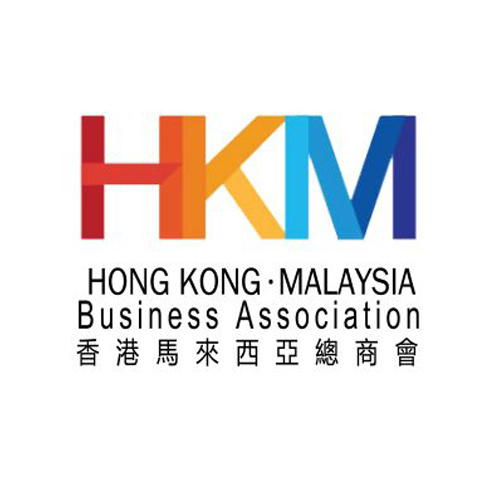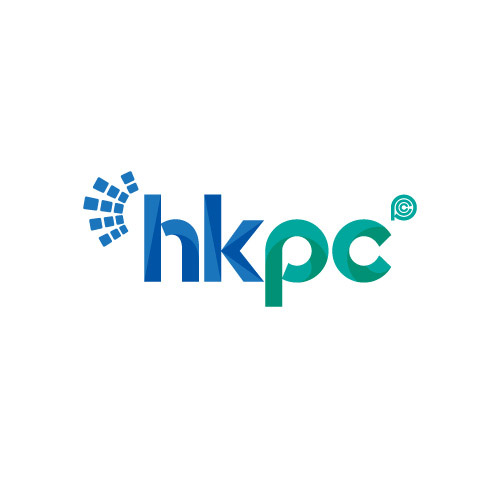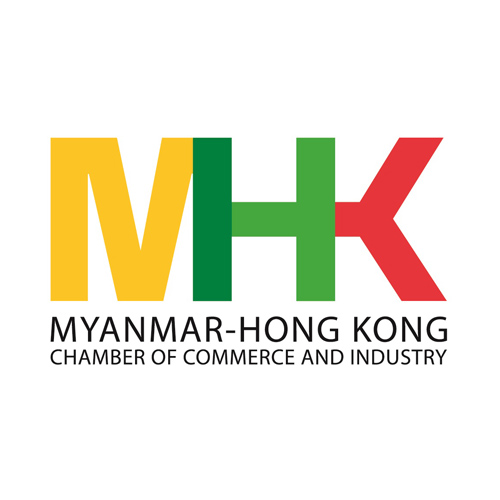Want to be in the loop?
subscribe to
our notification
Business News
OVERCOMING HURDLES IN SUSTAINABLE INDUSTRIAL AND ECONOMIC ZONE DEVELOPMENT
“The path toward sustainable development for industrial zones (IZs) and economic zones (EZs) continues to encounter significant challenges. A notable concern is the instability and lack of consistency in the institutions and policies governing these zones. This inconsistency has resulted in a void of transformative impetus for socio-economic advancement,” said Dr. Nguyen Quang Tuyen from Hanoi Law University.
Bottlenecks
According to Mr. Nguyen Thi from the Department of Legal Affairs under the Ministry of Natural Resources and Environment, many localities such as Hanoi, Bac Ninh, Bac Giang, Quang Ninh, Hai Phong, Hai Duong, Ho Chi Minh City, Dong Nai, Binh Duong, Ba Ria-Vung Tau, and Long An, all of which host a significant number of industrial parks, have implemented centralized wastewater treatment systems.
Industrial parks and economic zones have successfully attracted approximately 10,400 domestic direct investment (DDI) projects and 11,200 valid foreign direct investment (FDI) projects. These projects have a total registered capital of about VND2,540 trillion (US$110 billion) and US$231 billion. In recent years, FDI capital in industrial zones and economic zones has accounted for about 35-40% of the total additional registered FDI fund in the country. The processing and manufacturing industry in these zones has accounted for 70-80% of the total registered capital. These zones serve as crucial conduits for attracting resources from domestic economic sectors. The ratio of DDI capital to FDI capital in these zones increased from 31% to 69% in 2015 to 36.3% to 63.7% in 2018.
Investment projects in these zones play an important role in promoting and expanding export markets, increasing export turnover, and gradually integrating Vietnam into global production networks and value chains. The export value of tenants in these zones to the country’s total export value has seen a rapid increase over the years, from 6% in 1995 to 19% in 2005, 50% in 2015, and 57% in 2018. In the period from 2016 to 2020, the average annual export value of tenants in these zones accounted for over 55% of the country’s total export value. Coastal industrial zones and economic zones have contributed VND363,141 billion to the State coffers, accounting for 11.7% of the country’s State domestic budget revenue (exclusive of crude oil).
In particular, these zones have created full-time employment for more than 3.9 million workers, accounting for 8.3% of the country’s workforce. Of this total, industrial and construction workers constituted only 21.4%.
According to Dr. Nguyen Quang Tuyen, these zones have attracted a substantial amount of investment capital, adding crucial resources for development investment and aiding in boosting economic growth. The development of these zones has created market demand and helped develop many high-quality service industries such as finance, banking, insurance, auditing, legal consulting, shipping, logistics, construction, labor supply and training, wastewater treatment, and industrial waste. Importantly, these zones have actively contributed to environmental protection and implemented the Government-backed green growth strategy.
However, the sustainable development of these zones is facing many challenges. Notably, institutions and policies on these zones are not stable and consistent, resulting in the absence of breakthrough boosts to social and economic development. The legality of framework regulations on these zones is not high. The legal framework for the operations of these zones has not undergone any transformational changes, being defined only by by-law documents (the decree of the Government). Meanwhile, the operations of these zones involve many different fields such as planning, investment, businesses, land, construction, environment, housing, and labor.
Furthermore, the quality and effect of planning for these zones have not met expectations. There are still many overlaps in legal provisions on State administration of these zones. The quality and effect of investment attraction into these zones have not met intensive development requirements. The connection and cooperation inside these zones, among these zones, and between these zones and the outside remains weak. Particularly, the sustainable and balanced economic, environmental, and social development in the development of these zones was underscored, but implementation outcomes varied and were uneven among localities. Some localities have not effectively carried out environmentally and socially sustainable development of these zones.
Complete legal framework needs to be completed
Before this reality, to address existing issues, according to Dr. Tuyen, it is necessary to complete the legal framework and resolve problems in IZ and EZ development investment in order to form a perfect legal framework for IZ and EZ development investment.
Given current different characteristics, industrial real estate needs to have specific regulations beside general regulations on real estate business. Therefore, according to the Law on Real Estate Business of 2024, the Government, the Ministry of Construction and relevant bodies shall research, draft and promulgate regulations on industrial real estate to rationalize the development of this segment and boost the smooth and healthy development of industrial real estate, he noted.
Moreover, it is necessary to raise awareness of governmental agencies at all levels in developing IZs and EZs; make laws to regulate IZ and EZ operations to clearly identify core development and outstanding mechanisms and policies on infrastructure and land access and administrative procedures relating to investment, businesses and construction. At the same time, it is important to improve State administration of IZs and EZs at both central and local levels by streamlining their apparatus and adopting new models.
Furthermore, it is necessary to develop policies and laws to align synchronous IZ and EZ development with urban and service zone development in a unified general planning which is based for national planning, regional planning and provincial planning. There is also a need to have consistent, attractive mechanisms, policies and regulations to entice investment capital sources to build technical infrastructure outside IZs and EZs and connecting infrastructure to interlink accommodations, cultural institutions and welfare utilities for workers as well as services for IZs and EZs.
Source: VCCI
Related News

CAR IMPORTS INCREASE 37.5 PER CENT IN 10 MONTHS
Việt Nam mainly imported cars from Indonesia, with 57,963 units imported so far this year (19,569 units higher than over the same period last year). Imports also came from Thailand, with 54,481 units (7,535 units higher than last year) and China, with 24,613 units (16,112 more than last year).
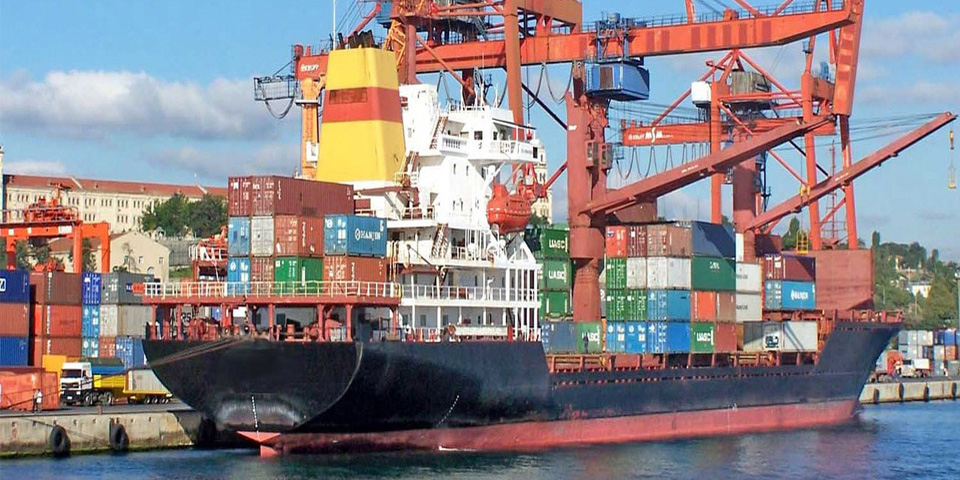
HAIPHONG TARGETS US$4 BILLION IN FDI FOR 2024
Haiphong recently approved 12 new projects in its economic and industrial zones, valued at a combined US$1.8 billion. This brings the total FDI in these zones to US$3.5 billion as of November, surpassing the city’s annual target by 40%.
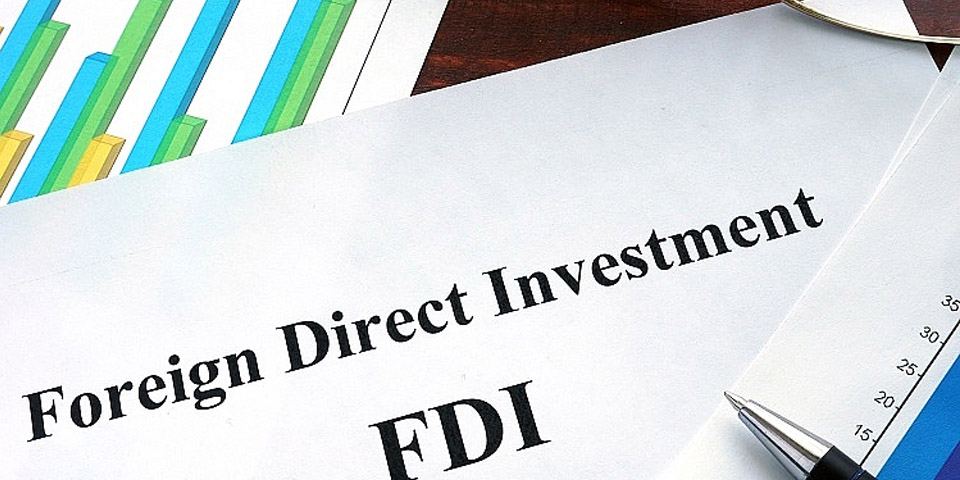
FOREIGN INVESTORS FLOCKING TO SOUTHERN REGION
Foreign investors are actively calling on southern localities in the final months of 2024 to explore investment opportunities. On November 7, over 40 German businesses arrived in the southern province of Dong Nai to evaluate investment prospects in the area.

IMPROVING THE EFFECTIVENESS OF SOCIAL POLICY CREDIT
Following a decade of implementation, social policy credit is expected to enter a new phase of development to achieve higher efficiency for the sake of society and the community. On behalf of the Party Central Secretariat, on October 30, Standing Member of the Party Secretariat Tran Cam Tu signed a directive to improve the efficiency of social policy credit.
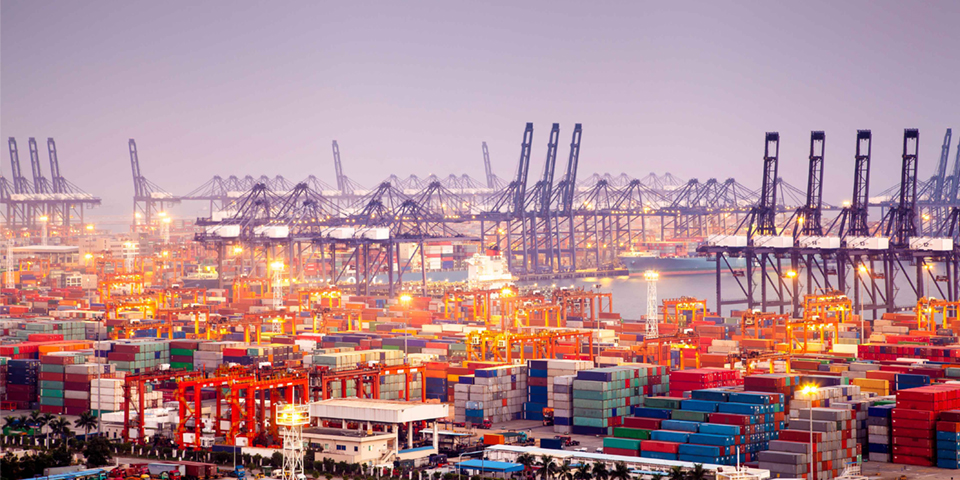
VIETNAMESE ENTERPRISES GRAPPLE WITH CHALLENGES IN Q3
In many sectors, businesses acknowledged that simply breaking even was an accomplishment this year. A prominent example is Nam Sông Hậu Trading Investment Petroleum JSC, once a leading fuel distributor in the Mekong Delta.

GLOBAL SOURCING FAIR VIETNAM 2025
Global Sourcing Fair Vietnam 2025, held from 24-26 April at the Saigon Exhibition & Convention Center (SECC), Ho Chi Minh City, is the must-attend international expo for sourcing Fashion & Accessories and Home & Gifts
